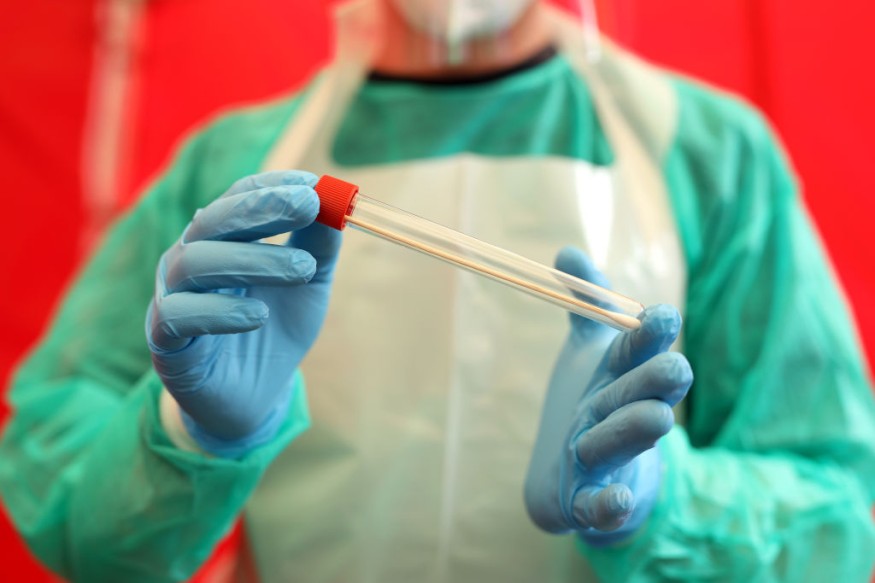Two novel virus-like probes, called positive controls, have been established by scientists to confirm COVID-19 experiments. The team indicates that their controls are more robust, easier to produce and cheaper than the COVID-19 research controls commonly used.
Scientists made positive controls to verify measurements and experiments, making these tools an integral aspect of the laboratory tests. However, scientists have indicated that there might be a flaw with the controls commonly used to confirm testing for COVID-19.
Most probes used to verify rapid COVID-19 experiments are naked synthetic RNAs, plasmids or RNA samples from contaminated patients, according to nano engineers from the University of California-San Diego (UC San Diego). The scientists said this renders it inconvenient and expensive for them to ship and store worldwide for long periods.
Researchers from the UC San Diego Jacobs School of Engineering tried to design optimistic controls that are more robust, easier to produce and cheaper in a recent study reported in ACS Nano.
The paper outlines the development and testing of two distinct controls produced from virus-like particles that express SARS-CoV-2 virus RNA segments (which causes COVID-19).
"Our goal is to make an impact not necessarily in the hospital, where you have state-of-the-art facilities, but in low-resource, underserved areas that may not have the sophisticated infrastructure or trained personnel," said Nicole Steinmetz, leader of the study and a professor of nanoengineering at the UC San Diego Jacobs School of Engineering.

How Test Was Made
The team created two separate controls: one produced from nanoparticles from plant viruses and nanoparticles from bacteriophages. According to scientists, both may be preserved at temperatures of up to 40°C for a week and maintain 70% of their operation even after one month of storage. As a SARS-CoV-2 coronavirus, they may even pass identification without becoming contagious.
The controls dependent on the plant virus use the cowpea chlorotic mottle virus that infects black-eyed pea plants. The researchers opened the virus to create the probe, extracted its RNA contents, and substituted them with a synthesized RNA prototype containing unique SARS-CoV-2 virus sequences, before closing the virus casing.
The researchers introduced gene sequences of concern from the SARS-CoV-2 virus and genes coding into plasmids for surface proteins of the bacteriophage Qbeta to allow the bacteriophage-based controls.
They reprogram them to create virus-like particles with SARS-CoV-2 RNA sequences on the inside and Qbeta bacteriophage proteins on the outside when these plasmids are inserted into bacteria.
For clinical samples, all controls were validated.
Advantages of This Probe
One benefit of their probes, according to the researchers, is that they can be used in all stages of a COVID-19 procedure in tandem with patient samples, unlike the COVID-19 test controls currently in use. The team claims that if anything goes wrong during the early phases of study, things will be easy to detect.
Researchers have so far adapted their controls for use in the RT-PCR test approved by the US Centre for Disease Control and Prevention (CDC). Although this is actually the gold standard for COVID-19 research, the team claims it is pricey, difficult, and can take days to return results because of the requirement for specialized lab facilities.
In less complicated COVID-19 diagnostic experiments, such as the RT-LAMP test that can be conducted on the spot, out of the laboratory and have instant results, the nano engineers are now adjusting their controls for usage.
Steinmetz concluded: "To make low-tech assays more accurate is a relatively simple nanotechnology approach." This could knock down some of the obstacles regarding mass trials in the US and around the world for underserved communities.
Check out more news and information on COVID-19 on Science Times.
© 2025 ScienceTimes.com All rights reserved. Do not reproduce without permission. The window to the world of Science Times.











